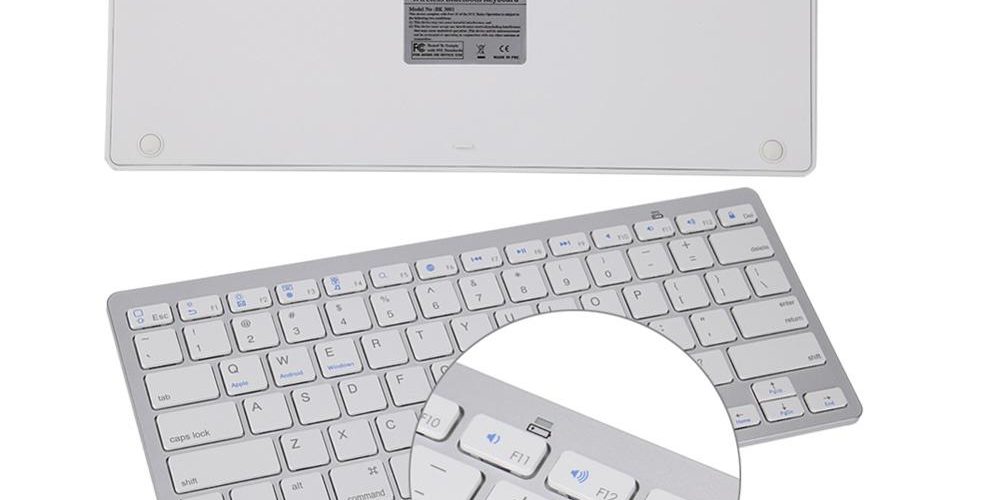Wireless keyboards offer convenience, but they also introduce potential security risks. Here are some tips to help you safeguard your data when using wireless keyboards:
- Encryption: Opt for wireless keyboards that offer encryption features. Encryption helps protect your keystrokes from being intercepted by malicious actors. Look for keyboards that use AES-128 or AES-256 encryption.
- Secure Pairing: When setting up your wireless keyboard, ensure that the pairing process is secure. Use strong, unique passcodes or PINs for pairing, and avoid using default codes.
- Physical Security: Be mindful of your keyboard’s physical security. Keep it in a secure location when not in use to prevent unauthorized access.
- Bluetooth Security: If your keyboard uses Bluetooth, make sure it’s set to “non-discoverable” mode when not in use. This prevents unauthorized devices from connecting.
- Regular Updates: Keep your wireless keyboard’s firmware up to date. Manufacturers may release updates to address security vulnerabilities.
- Wireless Range: Be aware of the wireless range of your keyboard. Try to use it in a secure, controlled environment to minimize the risk of interception.
- Public Wi-Fi: Avoid using your wireless keyboard on public Wi-Fi networks, as they may be more susceptible to eavesdropping. Stick to secure, trusted networks whenever possible.
- Password Management: Use a secure password manager to handle sensitive login information. This reduces the risk of accidentally typing passwords into malicious websites or apps.
By following these security best practices, you can enjoy the convenience of a wireless keyboard while minimizing the potential risks to your data and privacy.








